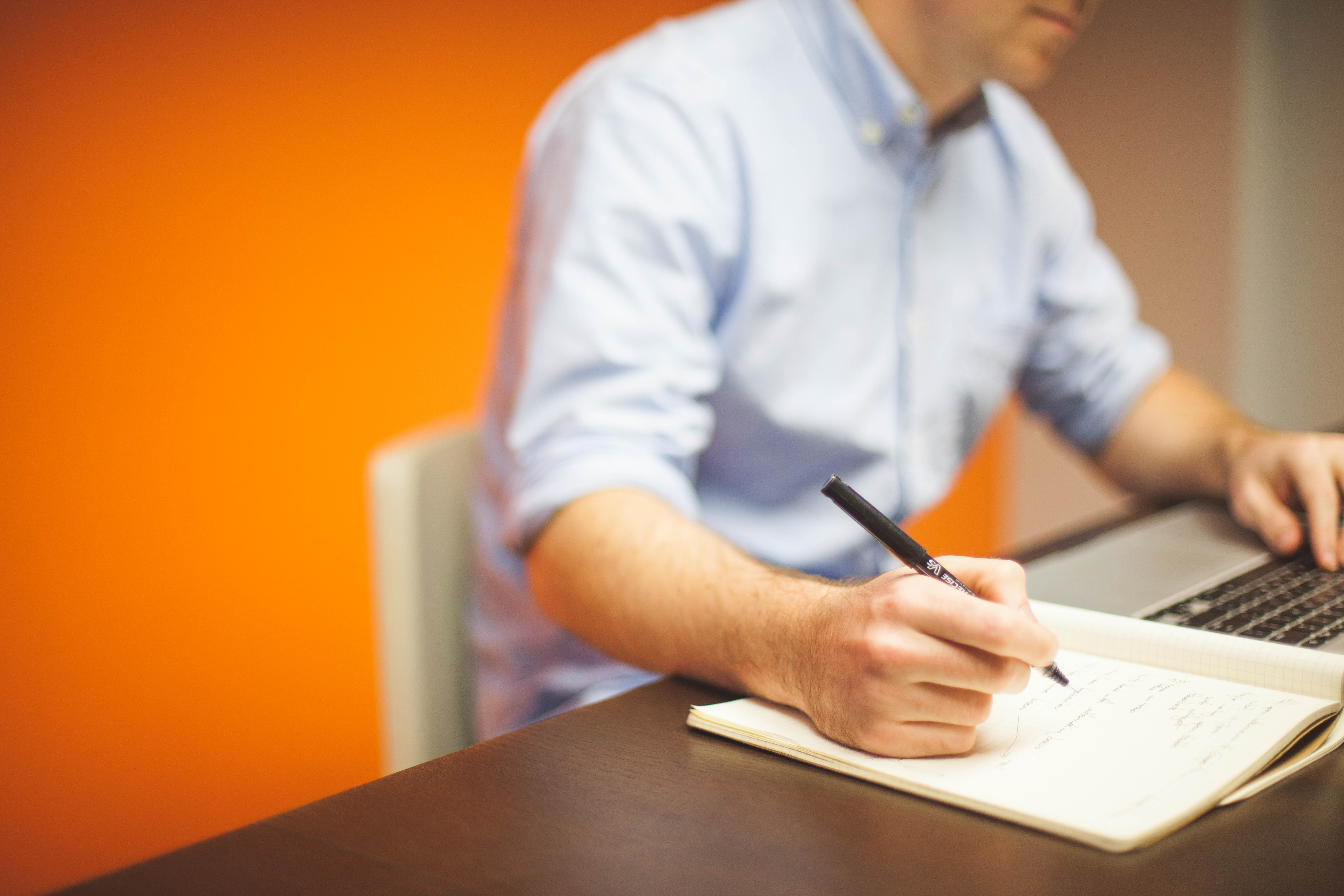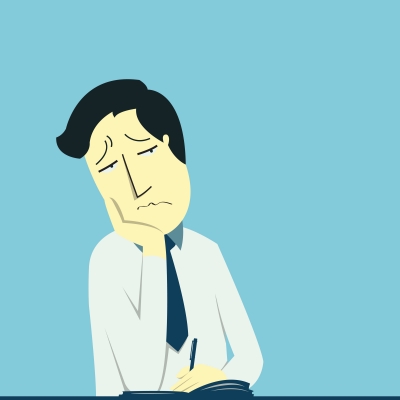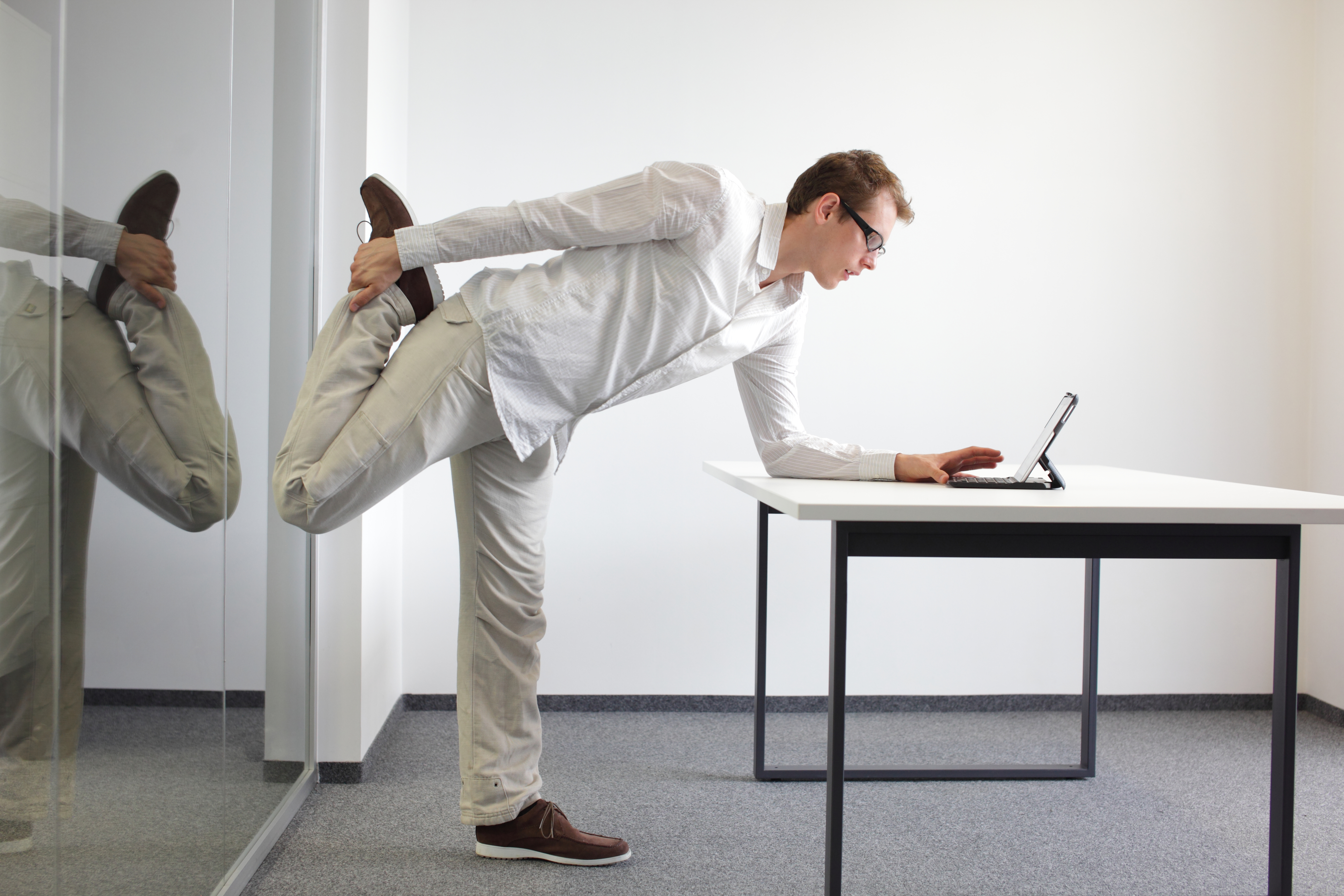02 Jul Tips on Improving Office Posture
Tips on Improving Office Posture
There are plenty of common habits carried out in the office setting that can prompt poor posture if you do not monitor your form. After a while these habits can become second nature, developing bad posture and damaging your spinal structure. Here are some important instructions that you need to keep in mind to maintain the ideal posture and eliminate impending physical issues.
Identify the Early Signs of Poor Office Posture
These are some of the early indicators that you may need to change up your day-to-day habits:
- If the level of pain you feel routinely increases at a certain point in the day or week. This could be caused by bad and prolonged posture starting to take its toll and may be an indicator that something needs to change.
- If there is pain in your neck and it is making its way down your back over time. Damage to the spinal structure from bad posture begins at the top of the spinal chord and works its way down.
- When you feel pain at first, but then it disappears once you change your position. This is almost certainly due to your posture.
Whether these early indicators define your experience or not, here are a few tips that will help prevent or eliminate physical issues due to posture.
Know What Counts as Good Posture
Align your ears, shoulders and hips. According to many healthcare sources including spine-health.com, the ideal posture can be achieved by keeping your ears, shoulders and hips all in a straight line when you are sitting or standing for an extended period of time. Experts claim that you may feel a small amount of discomfort at first because the spine is being strengthened and acclimated to the right posture, but it will disappear in short time.
Also take note of your tendency to lean to one side, hunch over your desk or cross your legs and try to avoid these unbalanced postures.
Get Up and Move
When your muscles get tired, it leads to slouching and bad posture. In order to combat this, you need to change your positioning frequently and one way to do this effectively is to take a break from sitting altogether. The consensus in the ergonomic world is that if you have a sedentary job, then getting up to walk around and stretch every half-hour for about 2 minutes or so will go a long way in preventing posture related issues.
Avoid Over Protecting Your Posture
At the end of the day, your spine was made for movement so eep your overall posture aligned but relaxed. Developing stiff and/or unnatural postures will only cause further complications down the line.
Get Yourself an Ergonomic Workstation!
Perhaps the most significant preventative measure against bad posture in the office is a workstation designed to keep you upright and healthy. Ergonomic desks and chairs like ours were created to keep all users – no matter shape or size – healthy and productive with features like lumbar (lower-back) support, adjustable height and swivel motion design.
Check out our office furniture that can help have you make an ergonomically correct workstation or visit the CBD blog for more tips.






